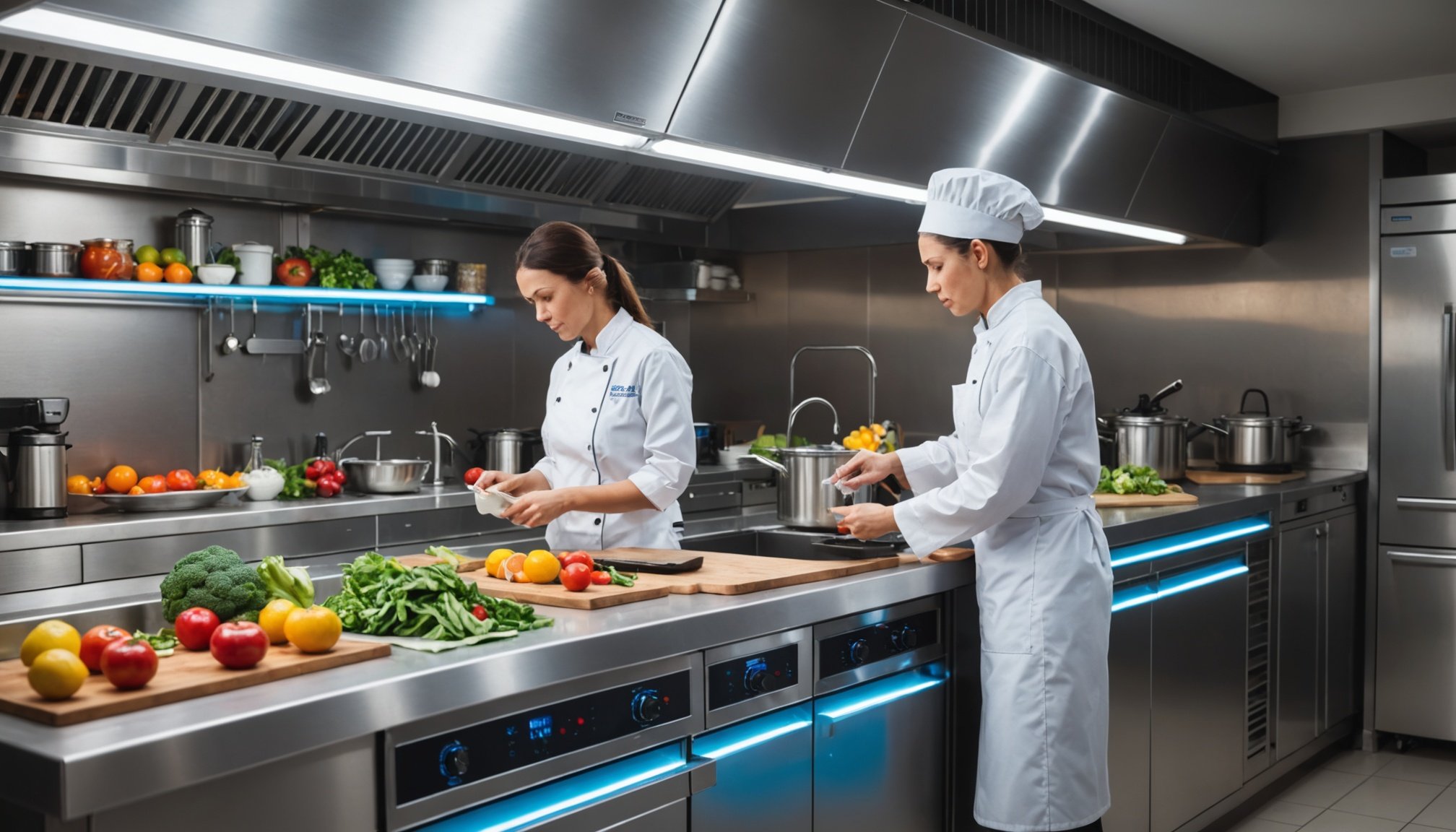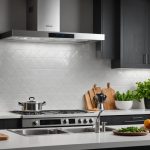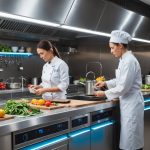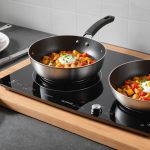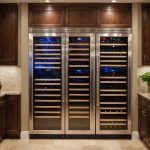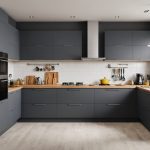Understanding UV Light Sanitization
UV light sanitizers are increasingly regarded for safe applications in food safety procedures. These devices use ultraviolet radiation to kill microbes, making them a valuable tool in maintaining hygiene standards. The UV light technology operates by emitting radiation at wavelengths effective in disrupting the DNA of pathogens, preventing their replication.
The scientific basis for the effectiveness of UV light lies in its ability to penetrate microorganisms. By targeting the nucleic acids, it renders bacteria, viruses, and fungi non-viable. This method has been validated by numerous studies which highlight its efficiency in reducing pathogen load.
In the same genre : Elevate your kitchen”s air quality: discover the health advantages of uv-c air purifiers for eliminating harmful contaminants
However, the concern arises regarding the impact of UV light on food nutritional quality. Prolonged or intense exposure may affect certain vitamins and antioxidants, albeit minimally. The key advantage is its ability to sanitize without chemical residues, thus preserving the quality of produce better than some traditional methods.
Consumers and manufacturers should weigh these factors, ensuring that the application of UV sanitization aligns with their food safety goals while maintaining nutritional value. Understanding the optimal balance between dose and exposure time is crucial to harness the full potential of UV light technology.
In the same genre : Discover the advantages of induction cooktops: save energy and cook healthier meals effortlessly!
Benefits of Using UV Light in the Kitchen
Utilising UV light in kitchens is a game-changer, particularly for enhancing kitchen hygiene and food preparation practices. A significant advantage lies in its ability to effectively control pathogens, substantially reducing foodborne illnesses. UV sanitization stands as a powerful ally by neutralising harmful microorganisms, thus ensuring safer food consumption.
In terms of kitchen hygiene, UV light contributes significantly by maintaining clean surfaces. It plays a crucial role in places where manual cleaning might miss contaminants, ensuring health safety at home. Additionally, benefits of UV sanitization include maintaining food quality. Exposing fruits and vegetables to UV light boosts their shelf life and retains freshness, helping to minimise waste while keeping the kitchen stocked with fresh produce.
This innovative approach aligns neatly with safe food preparation protocols, reinforcing the significance of safety practices in kitchens. UV light is not just about convenience; it directly impacts the well-being of individuals by safeguarding against potential health risks. As a tool for enhancing overall kitchen hygiene, its role is indispensable, making it an essential feature in modern homes focused on safety and health.
Comparison of UV Light Sanitizing Devices
Examining the world of UV devices can be overwhelming given the variety of products available. This section will assist you in navigating the options.
Types of UV Light Sanitizers
When it comes to UV sanitizers, there are two predominant types: portable and built-in sanitizers. Portable versions are ideal for personal items like phones or masks, given their compact nature. Built-in versions are typically integrated into appliances and are excellent for sanitizing larger items or even entire areas.
Key Features to Consider
When choosing a UV light sanitizer, consider these key factors for effective use:
- Intensity: The strength of the UV light is crucial for effective germ elimination.
- Design: A user-friendly design can make all the difference, ensuring ease of use.
Top Recommended Products
User reviews reveal a preference for products that combine efficiency with usability. Products like the XYZ Portable Sanitizer receive high praise for their robust intensity and compact design. Meanwhile, the ABC Built-in Sanitizer is lauded within product reviews for its comprehensive sanitizing capabilities for kitchen tools and larger spaces. Understanding the pros and cons of these UV devices through shared feedback aids in making informed purchase decisions.
Implementing UV Light Sanitization in Your Kitchen
Integrating UV light sanitization into your kitchen requires consideration of best practices. This ensures safety and efficiency. Safety guidelines must be followed to protect against ultraviolet exposure. Keep UV lamps enclosed and never look directly at the light to avoid harm. Kitchen integration can be achieved by installing UV fixtures inside cabinets or on countertops, ensuring they are out of direct view.
For integrating UV sanitization into daily routines, consider using UV light after regular cleaning. This boosts overall hygiene. A portable UV wand can be utilized for daily food prep spaces, offering an additional layer of protection.
DIY installation tips can be valuable. For home setups, identify high-risk areas like cutting boards and sinks. Install fixed UV lights maintaining a safe distance to ensure effectiveness while mitigating exposure risks. Ensuring the UV lamp fits well within the kitchen setup while having replaceable bulbs for continuous use.
Incorporating UV light installation effectively into your kitchen not only enhances cleanliness but promotes a safer environment in your everyday food preparation process. Remember always to adhere to the recommended safety protocols for optimal protection.
UV Light and Recipe Integration
In the culinary world, UV sanitization offers groundbreaking methods for safe food preparation. Let’s delve into how this technology can be integrated into cooking to ensure safety and enhance flavour.
Safe Methods for UV Sanitization of Produce
To harness the power of UV sanitization in cooking, ensure you choose suitable UV light wavelength. These lights are effective at eliminating bacteria on the surface of fruits and vegetables, without affecting their fresh taste. It’s crucial to adhere to recommended exposure times, typically a few minutes per side, to guarantee maximum efficiency while maintaining the integrity of the produce.
Enhancing Cooking with UV Treatment
UV light can be a game-changer in modern kitchens. It elevates food prep techniques by sterilising utensils, cutting boards, and surfaces on which food is prepared. This process ensures that your culinary workspace is as safe as possible, contributing to healthier meal creations without compromising flavour or nutrition.
Experimenting with Recipes
Create innovative recipes by incorporating UV-treated ingredients. Consider pairing UV-sanitzed fruits with leafy greens for a fresh salad or experimenting with UV-treated herbs in sauces. These techniques expand possibilities, allowing chefs to merge safety and creativity seamlessly.

